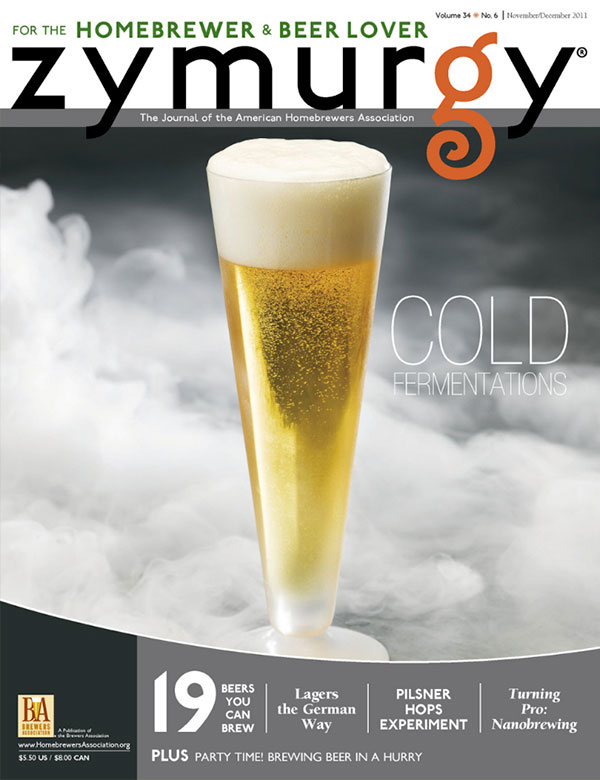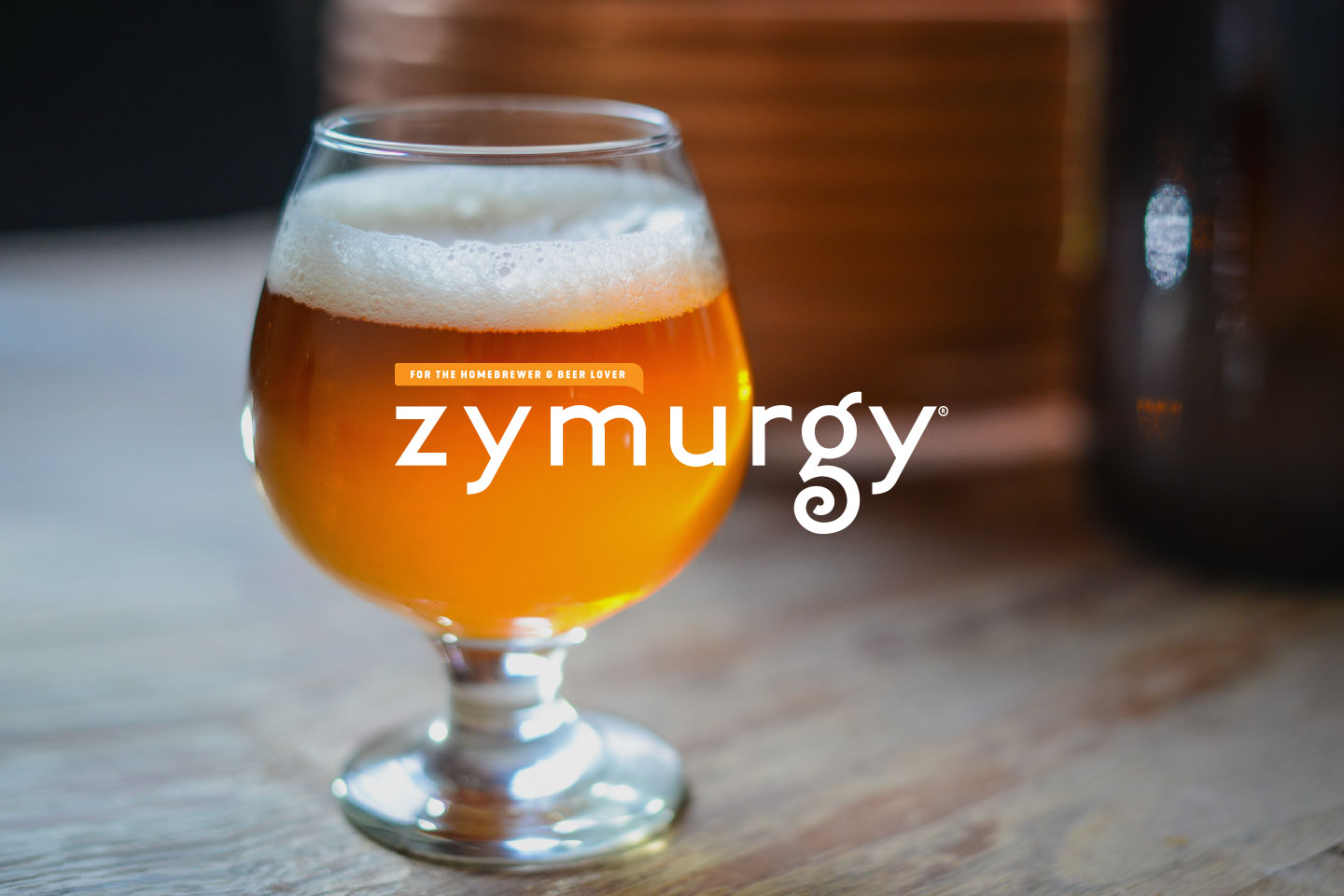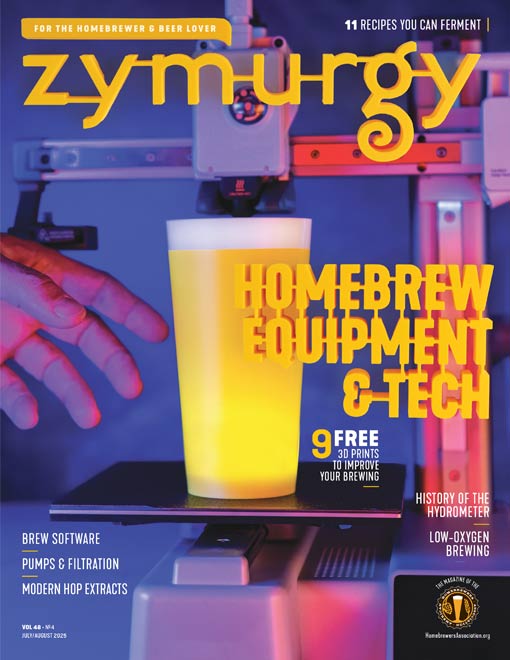Ready to brew? Unlock unmatched resources, validated recipes, and more benefits when you become an AHA member. Subscribe Now
Ready to brew? Unlock unmatched resources, validated recipes, and more benefits when you become an AHA member.
Subscribe for $4.99Already a member? Login here









Share Post